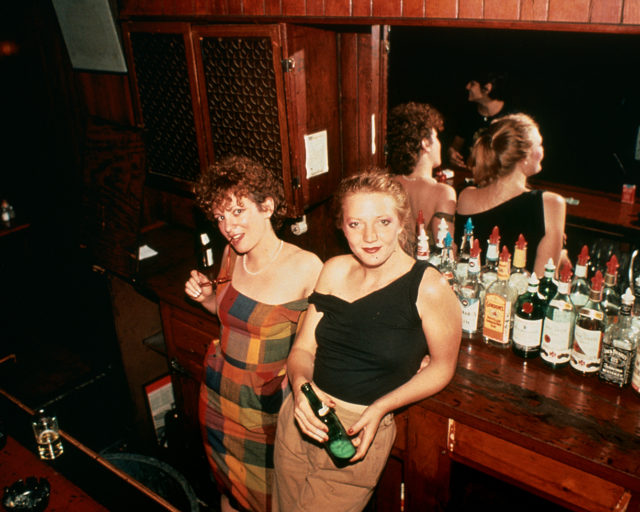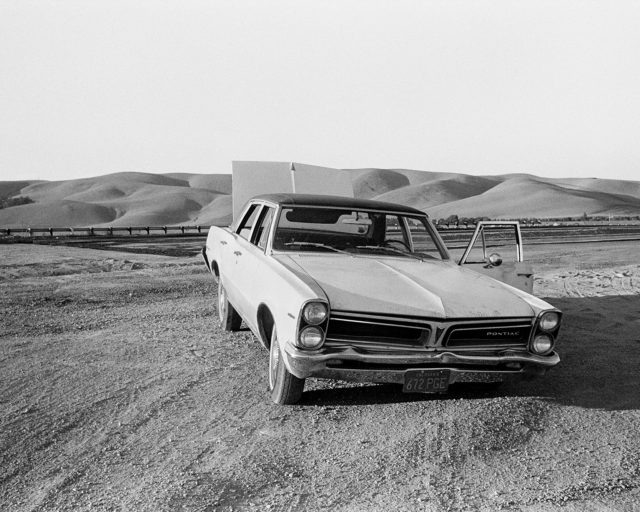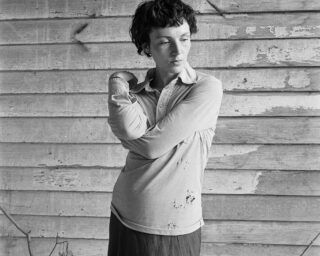A Three-Volume Book Becomes a Testament to Mary Ellen Mark’s Career
The late photographer, who left behind more than two million images, spent her life in search of the elusive iconic frame.
Mary Ellen Mark, Laurie in the bathtub of Ward 81, Oregon State Hospital, 182 Salem, Oregon, 1976
“Mary Ellen would never have made this book,” Martin Bell, Mary Ellen Mark’s husband and collaborator of more than thirty years, writes in an essay accompanying The Book of Everything, the three-volume collection of the photographer’s life’s work recently published by Steidl.
After Mark died at age seventy-five, in 2015, Bell imagined a book that would truly encompass the “everything” of her tremendous output, including her photographs of children in China, Chicago, Zimbabwe, Ethiopia, and North Carolina; of circus performers and teenage runaways; of sex workers in Mumbai; and of film sets and drag queens and coal-mining families and twins and celebrities. The result is an affecting testament to the vast scope of Mark’s vision and to the immersive devotion with which she approached the people she photographed.
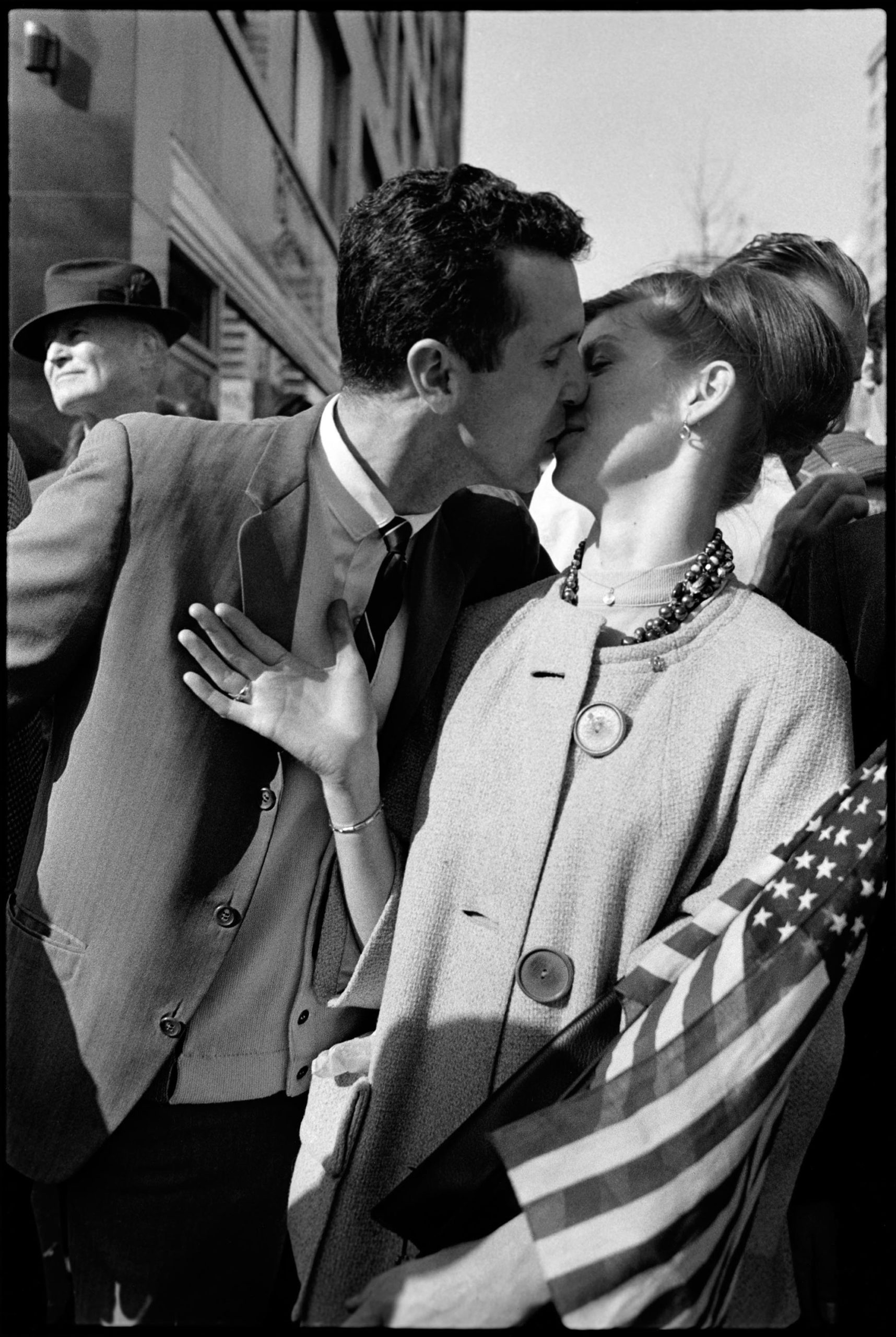
“It was a mystery to see how unsure she was about her work,” Bell said of the times when Mark would emerge from hours of solo editing and ask for his take on the grease-penciled selects on her contact sheets. “Even when we were working out on the street or in a room, I’d often see her take a great frame and say so. But she would always say, ‘Oh! I don’t know.’ I think she spent her life wondering if she would ever get the elusive iconic frame.”
In 2016, Bell began to pore over more than two million images, a process that turned up resonant and thrilling discoveries, some dating to the early 1960s, when Mark was a student at the University of Pennsylvania and traveled to New York, sleeping at a Bowery hotel where some of the seasonal Santas she photographed also stayed, and others from her 1965 travels to Turkey on a Fulbright scholarship. Bell recognized flashes of her “wicked sense of humor” in pictures of British workers on holiday at Brighton Beach. And how, in frames of a teenage beauty contest in Fort Lee, New Jersey, or of a couple at a Rhode Island diner, Mark’s seemingly simple photographs inevitably produce the epiphanic effect of short fiction—fixed on their protagonists, surrounded by a concise arrangement of minor, yet telling details. Mark was an “angel of truth,” her friend the writer Isabel Allende once observed.
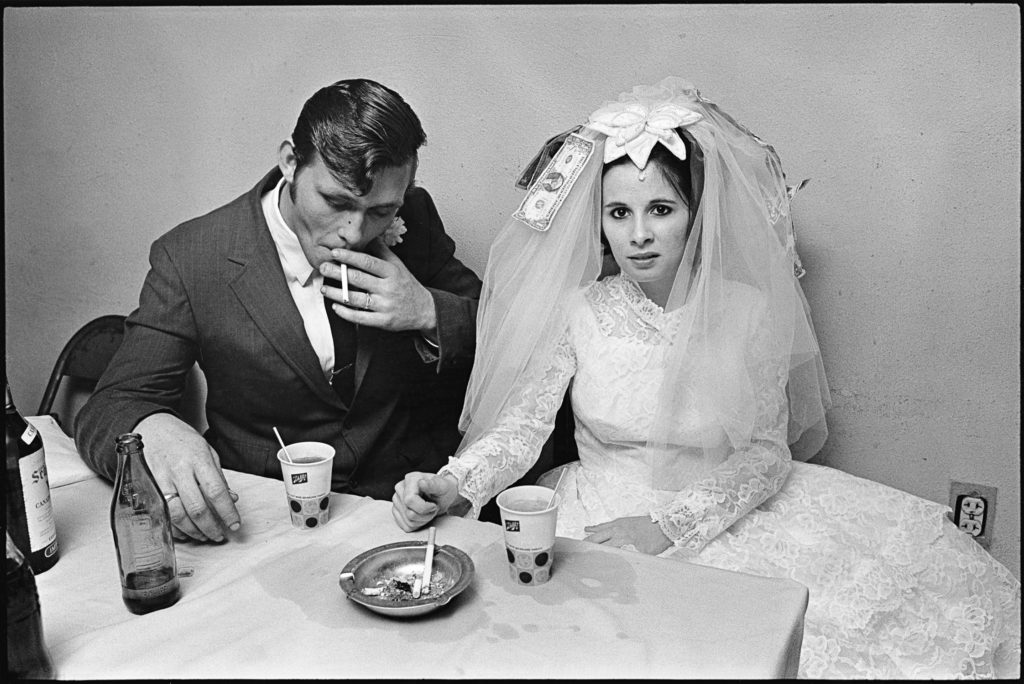
Bell was struck by two photographs he’d never seen, of a young bride and groom on their wedding day in Louisiana, 1972, the groom appearing suddenly much older in the second image as he takes a deep drag of a cigarette. “The sparse table with paper cups and straws. The electrical outlet on the wall. A dollar bill in her veil. The bride looking directly at Mary Ellen,” he noted, describing an indelible exchange that “is replicated throughout her life’s work. It is a caught moment that tells a story.”
Mark’s ability to instantly establish those relationships is evident in the many fragmented interviews, letters, and journals that are included in The Book of Everything. “When you had Mary Ellen, she was yours,” says Justin Reed Early, one of the teenagers in Mark’s Streetwise photographs of Seattle runaways in the 1980s. “She was your focus, you were her focus, and that was something that was very special about her. When you engaged with her it was real.” Portraits of Mark by Peter Beard, Jack Garofalo, and others, which emphasize her commitment to the exchange between photographer and subject, are also interspersed throughout the volumes.
Even when she was on the other side of the camera, Mark gave genuinely of herself. It was this expressiveness that caught Bell’s eye in 1980. He and Mark met on the set of Miloš Forman’s film Ragtime (1981), where Mark was hired to make photographs. Almost immediately, Mark and Bell became partners in life and work. In 1983, they began a pivotal series of works: Mark’s haunting book Streetwise (Aperture, 1988), a raw and empathetic portrait of the thirteen-year-old Tiny and her fellow teen sex workers and drug addicts on the streets of Seattle; the follow-up, Tiny: Streetwise Revisited (Aperture, 2016); and Bell’s accompanying films.

All photographs © Mary Ellen Mark
One of the more unusual discoveries Bell unearthed is the recurring appearance of Mark’s own hand, which Mark photographed again and again, in the foreground of streets and scenes all over the world. Bell initially noticed it in one of a ferry terminal in Turkey in 1965. “At first, I thought it was an accident,” Bell said. “I marked the frame as it was unlike anything I had seen on her contact sheets. “I later came across more frames—some accidental, others I thought intentional. In these it became clear to me this was a deliberate frame to mark this moment in her life.”
Bell and Sonya Dyakova, the book’s designer, used some of these photographs of Mark’s hand throughout the book to illustrate the passage of time, reflecting the chronological sequence. In the opening pages of The Book of Everything, there is a picture from Yugoslavia, made in 1975, in which Mark’s hand, covered in silver rings, reaches toward a black cat that is lazing on a street but visibly drawn to the photographer, as were nearly all the people and animals Mark encountered. In one of the book’s last images, from 2011, Mark’s hand appears in focus against a blurred swimming pool. Her skin is lined and wrinkled with age, and her hand is so thin the stacks of rings are loose on her fingers. Yet here is evidence of the artist considering her own place in the worlds she photographed—the impression they made on her, the deep imprint she left behind.
“Her life’s work is a force to be reckoned with,” Bell said. “Mary Ellen brought to us what she saw along the way.”
Mary Ellen Mark: The Book of Everything was published by Steidl in 2020. This article was originally published in Aperture, issue 241, “Utopia,” under the column “Backstory.”










